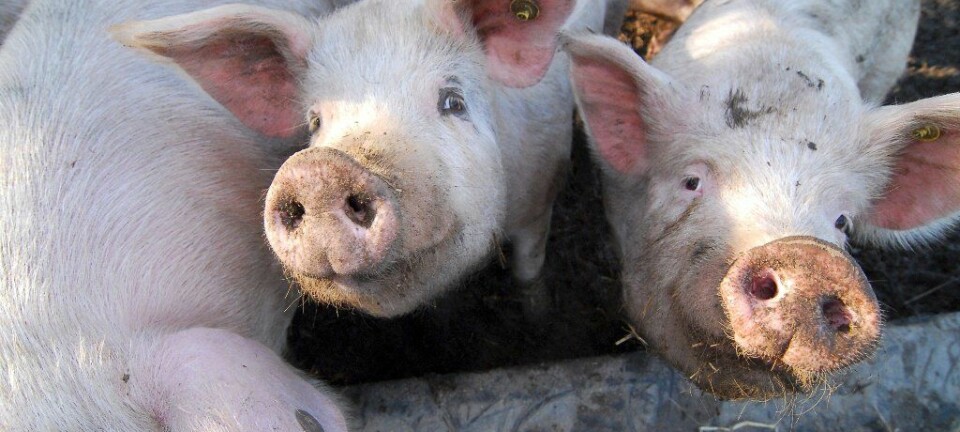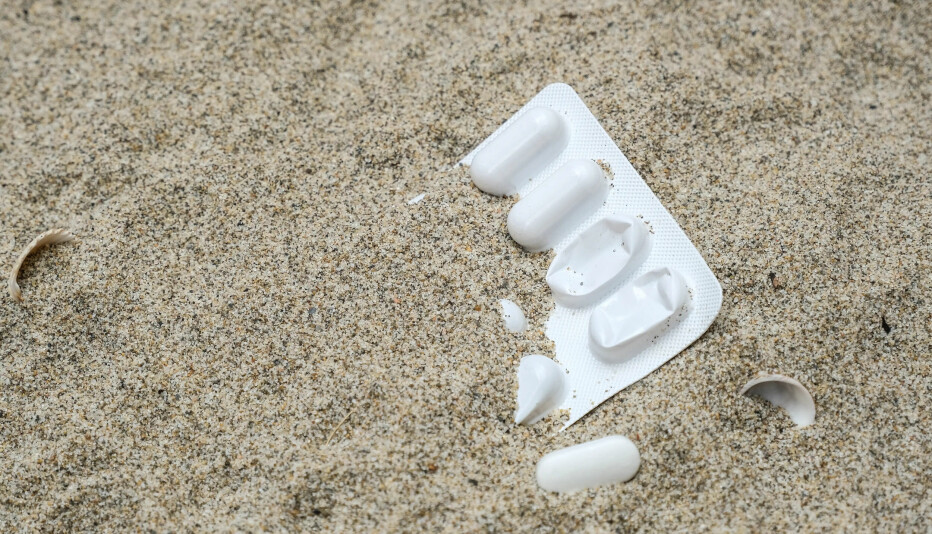
Super-antibodies against influenza identified
Scientists have identified antibodies that can fight off just about all forms of influenza. The discovery could lead to a much-improved flu vaccine.
An international research team has identified antibodies which not only act against a single type of flu, but are able to fight off most types.
The discovery could pave the way for a new vaccine that once and for all enables our immune system to fight off all forms of influenza before we get ill.
This would be a substantial upgrade of existing vaccines, which only act against a few types of flu and which only remain effective for a few years.
"The antibodies attack some highly conserved regions [see Factbox] of a surface protein in the influenza virus. This means that they are effective against a much broader range of influenza viruses,” says Nick Laursen, a Danish post doc at The Scripps Research Institute in the US, whose research formed the Danish contribution to the project.
The antibodies attack some highly conserved regions of a surface protein in the influenza virus. This means that they are effective against all types of flu, even those that mutate to evade the immune system.
Nick Laursen
The findings are published in the journal Science.
Eighteen types of influenza
Influenza is traditionally categorised into influenza A and influenza B, and these can be divided into several subtypes, totalling 18 types.
Only a few of these infect humans, while others, such as the swine and the avian varieties, infect animals.
The various influenza types are constantly evolving and they mutate to evade the immune system.
All humans produce their own antibodies against flu viruses’ surface proteins; however, when the surface proteins mutate, they leave the immune system unable to respond to the flu.
Nick Laursen
When viruses mutate, they alter some surface proteins which the immune system would otherwise recognise.
This renders the immune system incapable of fighting the virus, and the result is that we get sick.
“All humans produce their own antibodies against flu viruses’ surface proteins; however, when the surface proteins mutate, they leave the immune system unable to respond to the flu,” says Laursen.
The same applies to vaccines that are based on specific surface proteins. Existing vaccines make the immune system target certain regions on the surface proteins that are not highly conserved, and which are constantly changing. That explains why a vaccine can only fight a single or few types of flu virus and is only effective for a few years, explains the researcher.
But the surface proteins also contain highly conserved regions that do not mutate, and which are present in all types of influenza viruses. It’s these regions that the scientists have identified antibodies against.
Antibodies found in humans
The first steps towards this discovery were made by Laursen’s Dutch research partner, the biotech firm Crucell, which has studied blood samples from people who have previously been vaccinated against influenza.
Here, scientists purified the immune system’s crucial B cells, which they subsequently screened for antibodies that act against several types of flu virus.
Among the numerous samples, they found some antibodies that neutralise a whole series of flu strains belonging to both influenza A and influenza B.
With this discovery, the Dutch firm hopes it can produce a standard vaccine that works on all influenza strains.
”We now know that some people produce these antibodies,” says Laursen.
“The next step for Crucell is to use this new knowledge to create a vaccine that is significantly better than the existing ones, and which might remain effective over a lifetime.
“That’s the big picture. In the short term, it’s conceivable that the antibodies can be injected directly into patients who are close to dying from the flu.”
Danish X-ray crystallography and electron microscopy
Laursen's role in the new discovery has been to verify that the antibodies bind to influenza viruses in the way that the Dutch researchers were expecting.
He did this by identifying the molecular structure of the surface proteins that the antibodies bind to. Using X-ray crystallography and electron microscopy, Laursen and his colleagues managed to show how the antibodies bind to the surface of flu viruses.
Even though the team may have a medical revolution on their hands, it might take several years before we can expect a vaccine from them.
”Crucell hasn’t started its clinical trials yet, so we should arm ourselves with patience,” he says, although he has no doubts about the potential of the new discovery.
It usually takes more than a decade from the point where the discovery is made in the laboratory to the point where the product becomes available on the market.
----------------------------------
Read the Danish version of this article at videnskab.dk
Translated by: Dann Vinther









